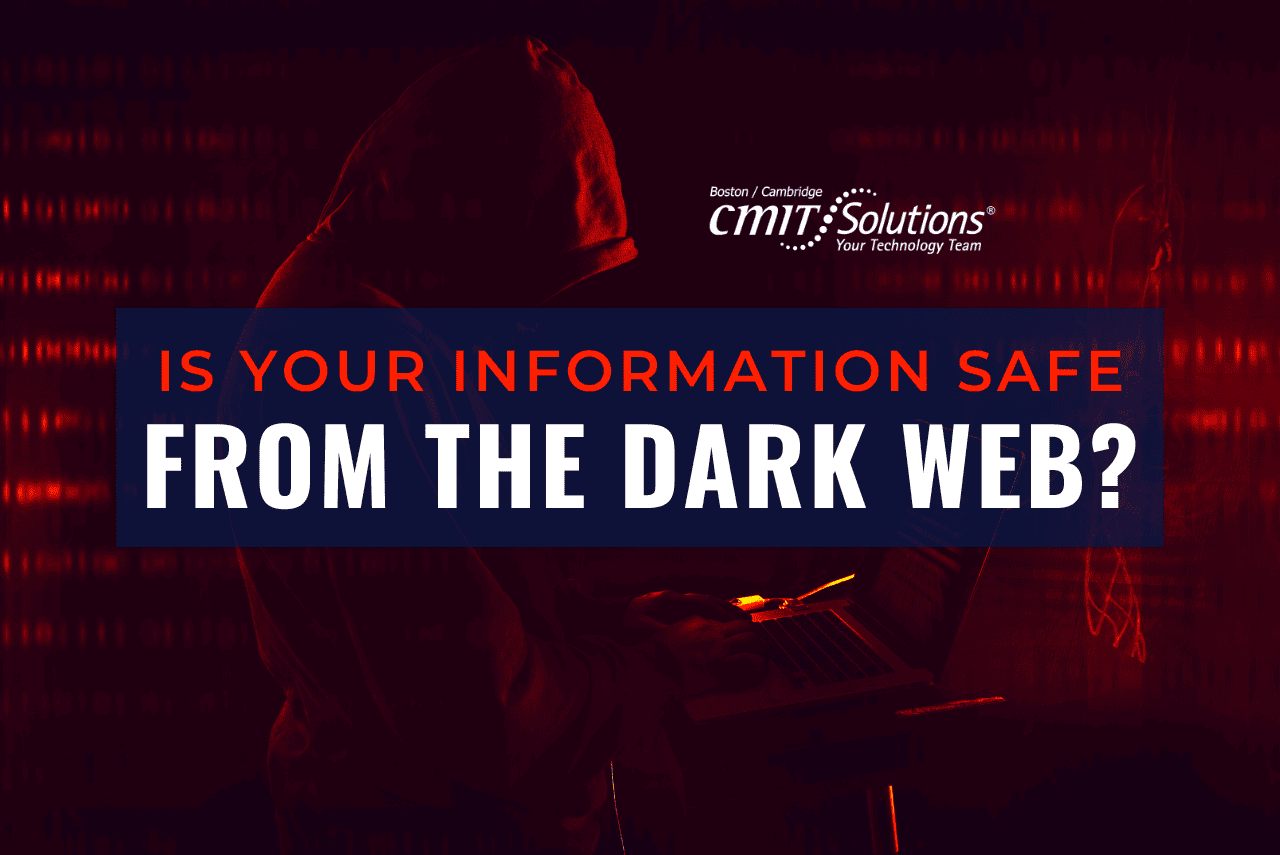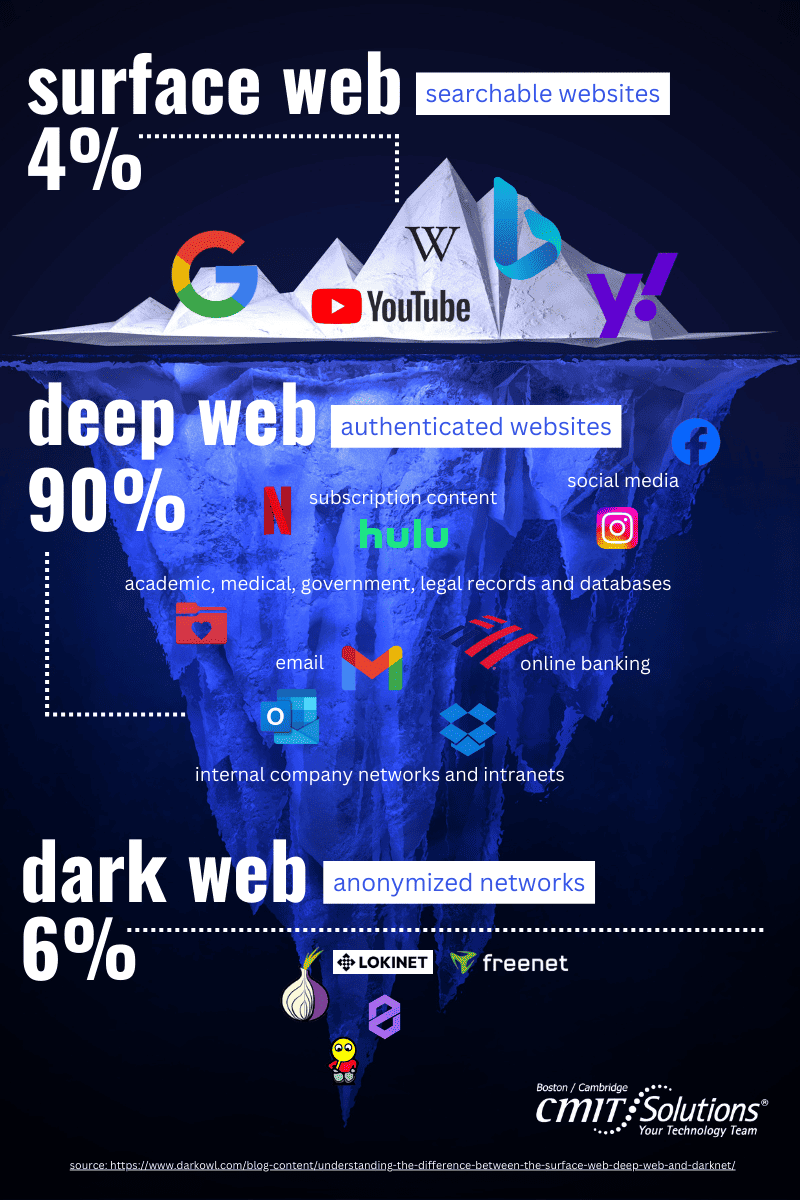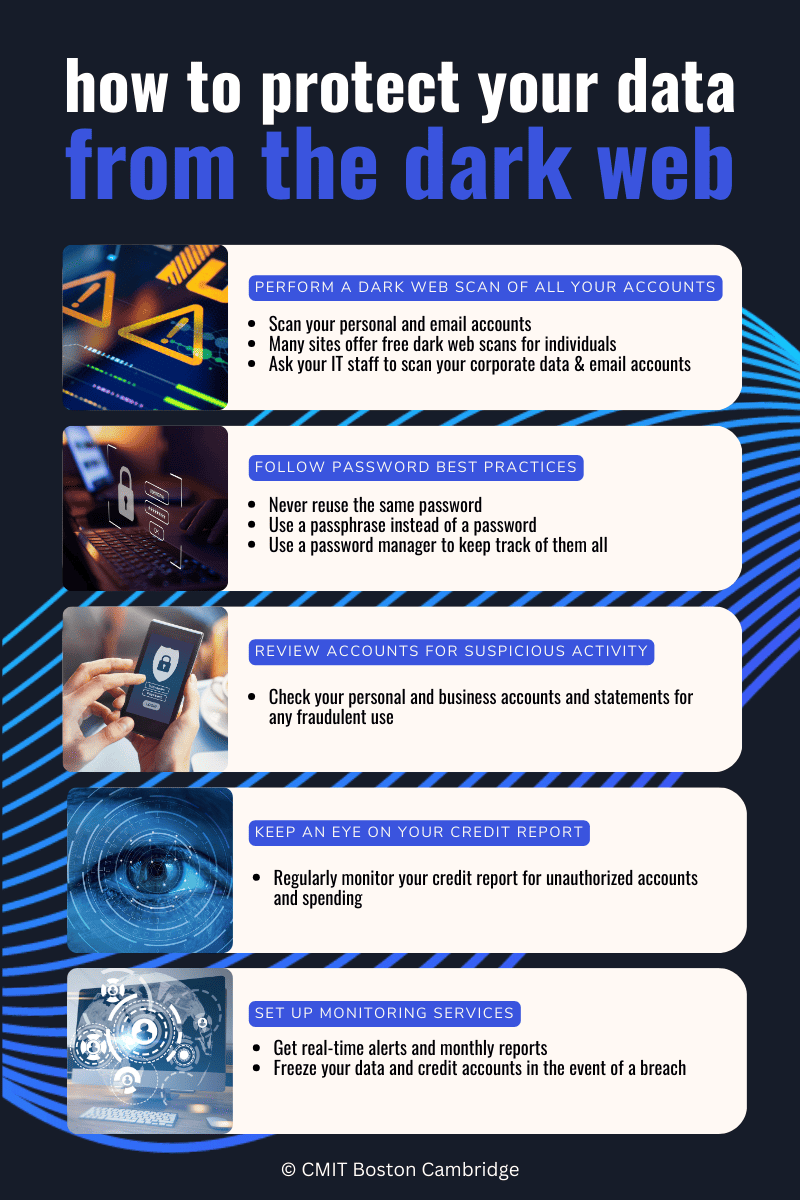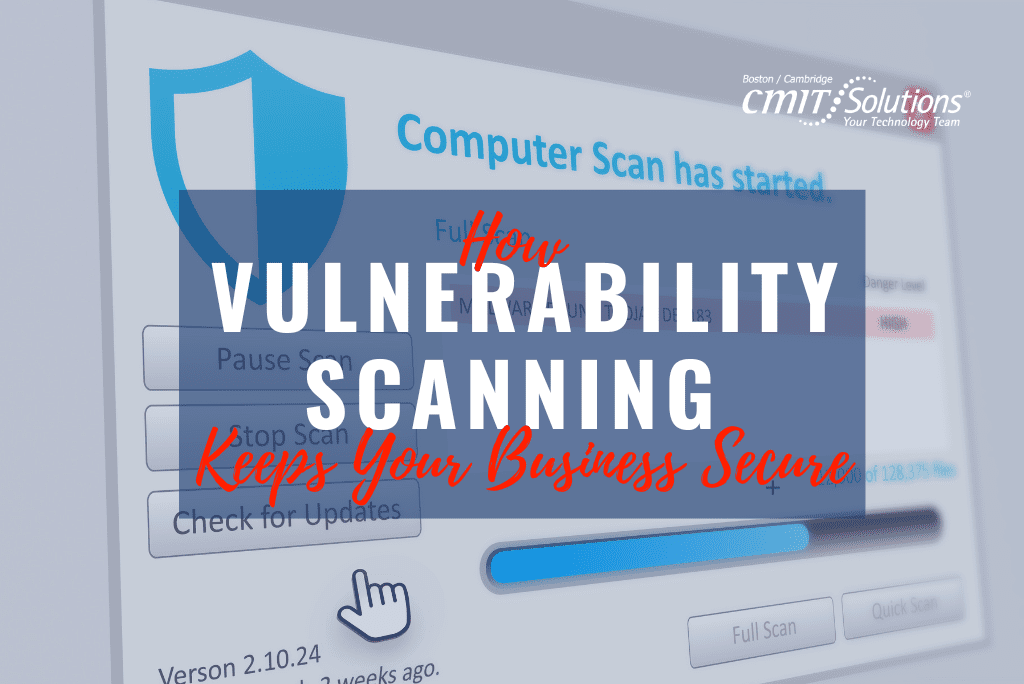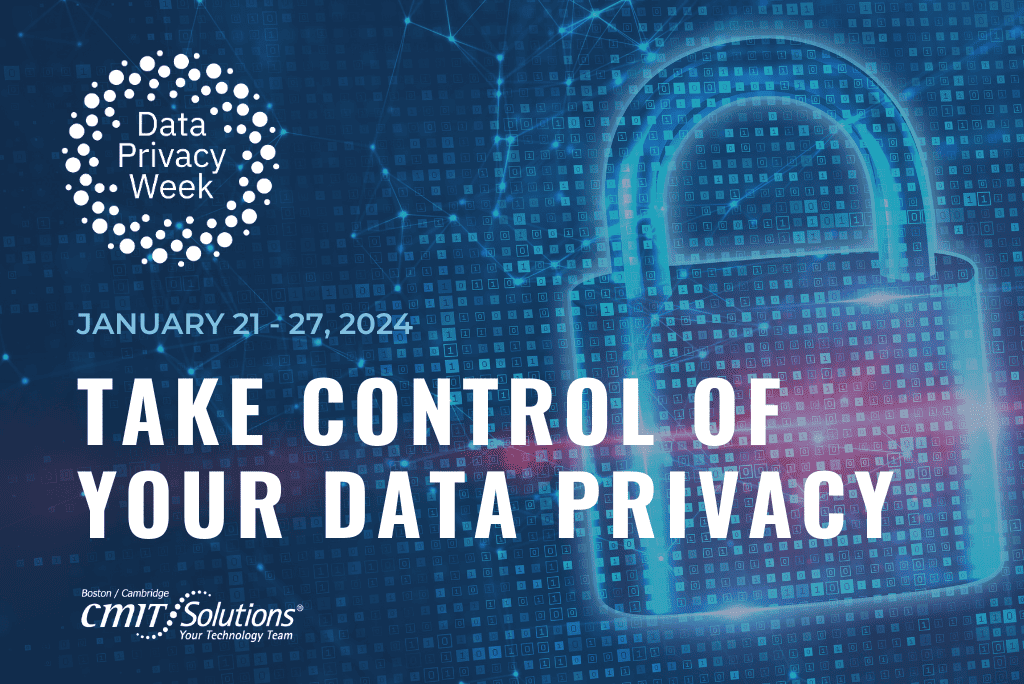Many people think the internet they use every day is the vast majority of the World Wide Web, but it’s actually only 4% of the internet visible to the public. That means roughly 96% of the information on the rest of the internet is hidden – but does that also mean it’s safe? The short answer is probably not. The “dark web” is a term you may have heard before, even if you’re not a cybercriminal. What is the dark web? Why should you care about it? Most importantly, how do you protect yourself from it? Think of the internet as being composed of three parts:
#1 The Surface Web, #2 The Deep Web, and #3 The Dark Web
The Surface Web
The internet that you are most familiar with is also known as the surface web. It’s also been referred to as the “public web”, “clearnet” or “clear web”. Everything you find on the surface web is indexed by search engines like Google and Bing. This part of the internet is where you search for various information, shop online, view pictures on social media, stream YouTube videos, and download music and podcasts. While it is the most visible, the surface web accounts for the smallest part of the total web.
The Deep Web
The largest part of the internet is the deep web. It makes up roughly 90% of the internet. Unlike the surface web, the deep web is not indexed by search engines. These sites require authentication credentials to gain access to the content and cannot be searched for in the surface web. It contains things like patient medical records, banking website portals, government databases, subscription websites, and internal company networks. Much of this data is encrypted and protected from searching, not to hide something illegal, but to protect it from the public or because it is a paid service.
The Dark Web
The remaining estimated 6% of cyberspace is the dark web. Similar to the deep web, the dark web is not indexed by search engines. The dark web requires special browsers or tools to access its contents. Using the TOR (The Onion Router) browser, the dark web allows users and visitors to maintain anonymity because of the way it routes encrypted internet traffic through various nodes in layers like an onion. Specifically, those nodes (computers and/or routers) each conceal the source of the dark web traffic and cannot be easily tracked.
Although the dark web is best known as a haven for cybercriminal activity, there are some legitimate uses of the dark web. These legitimate uses include being able to conduct anonymous conversations in places where free speech is suppressed, being able to browse the web without one’s activities being monitored including hiding your IP address and helping to maintain your privacy online. Unfortunately, because of these protections the dark web also provides the means for criminals to conduct their business.
The Dark Side of the Dark Web
The dark web or “darknet” continues to get a lot of attention. Advancements in AI-powered technologies and malware only fuel the fire for cybercriminals to leverage the anonymous nature of the dark web. Allowing them to launch more sophisticated attacks on company networks, individuals and mettle in foreign affairs. The dark web is also a hiding place for loot stolen from these cyberattacks and is an exchange where criminals can sell their wares—i.e. your stolen data.
If you have been the victim of a data breach—and it’s pretty likely you have—your credit card data, personal information (social security number, addresses, etc.) or usernames and passwords are likely on the dark web. Your data which may be invaluable to you, fetches pennies on the dollar on the dark web and cybercriminals will stop at nothing to get, sell and use it.
Here are five ways to protect yourself from dark web criminals:
Considering over 360 million people were victims of corporate and institutional data breaches in 2023, the odds that your identity or information will fall prey to one of these breaches sooner or later is only a matter of time. As Supreme Court Justice Louis Brandeis once wrote, “Sunlight is said to be the best of disinfectants.” This is also true for the dark web.
The best way to determine if your data is on the dark web is to perform a dark web scan. Not confident that you can do a thorough dark web scan and identity protection on your own? Work with your trusted advisor CMIT to shine light on your own private information hiding out in the dark web.
Written by: Chris Zambuto | Chief Information Security Officer @CMITBostonCambridge

